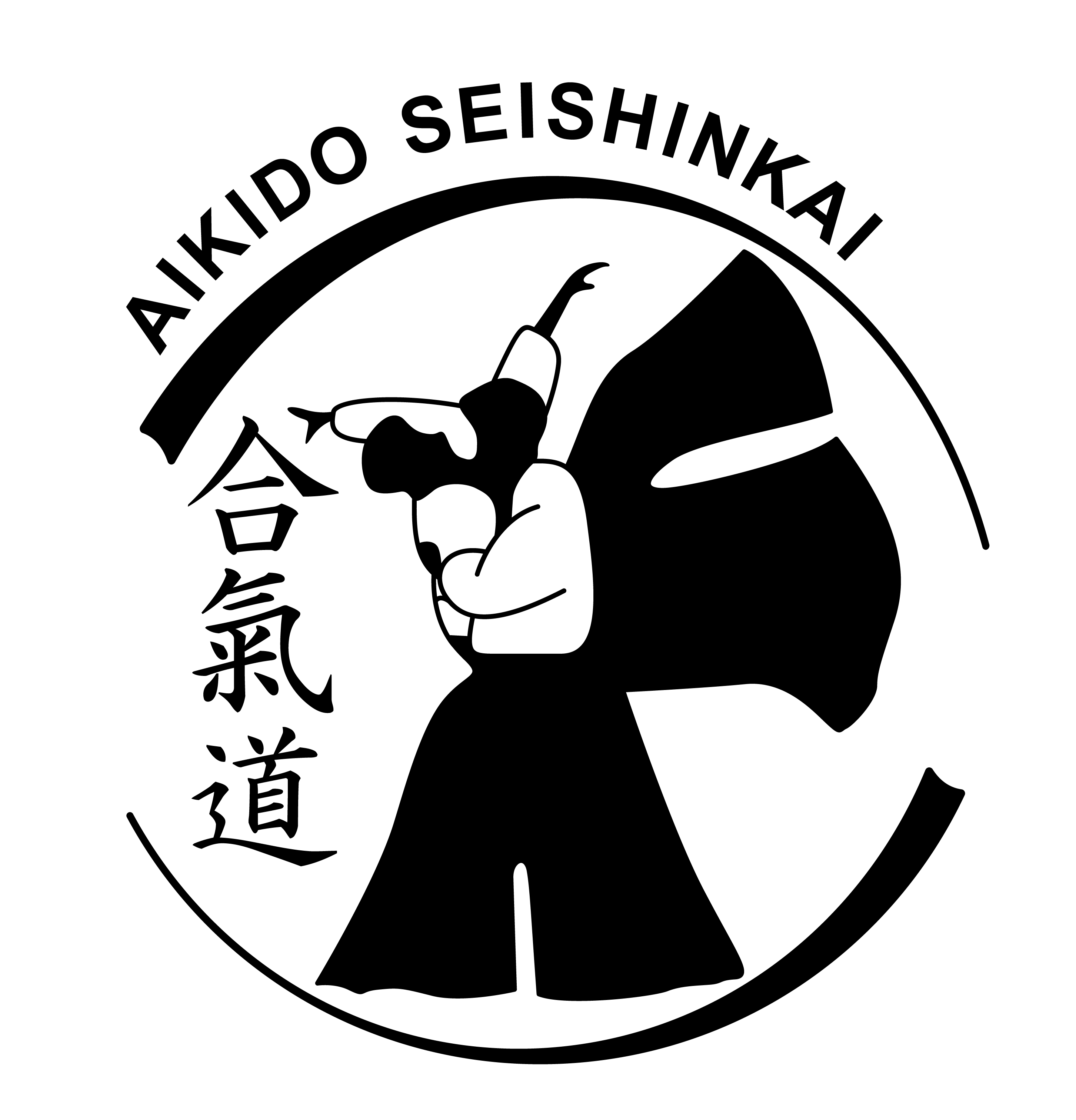I started Aikido training in 1975 just as I was completing my M.A. While I had learned a lot about the history of Europe and North America, I was not well versed in the history of other parts of the world. Intrigued and inspired by having earlier delved into Yoga and watching Bruce Lee, I decided to learn more about Asia in particular. One focus, not surprisingly, was on Japanese martial arts.
At that time there was no Internet and books in English were not common. One of my earliest discoveries was a three volume series by Donn F. Draeger, entitled “The Martial Arts and Ways of Japan”.
Volume 1, “Classical Bujutsu” came out in 1973. In that study, Draeger, himself an accomplished Judoka with considerable experience in other arts, described the attitudes, techniques, and equipment of the samurai largely prior to the extended period of peace established by the Tokugawa family in the 17th century. These combat systems he characterized as being primarily for war, i.e., “self-protection” and victory over an enemy.
In Volume 2, “Classical Budo” (1973), Draeger presented the practice of systems derived from the martial traditions that were no longer focused on war but rather on how to live in a less violent era and whose goal became “self-perfection” and victory over oneself.
While later authors criticized Draeger for making too strong a distinction between Bujutsu (martial technique) and Budo (martial way), his analysis was a pioneering effort that I greatly appreciate. It still carries meaning for Aikidoists today.
Unfortunately, the third volume, which includes Aikido, was not as well researched and is less satisfying.




